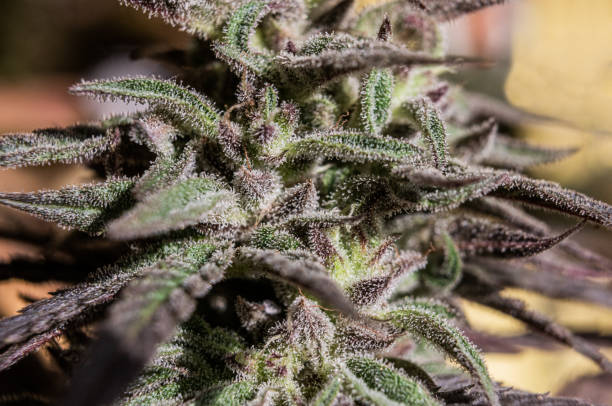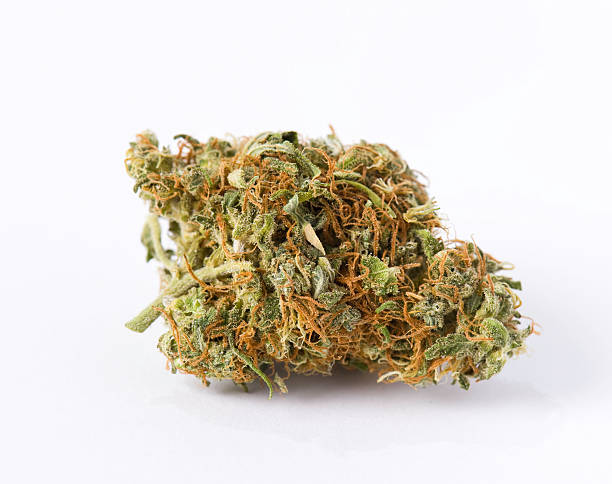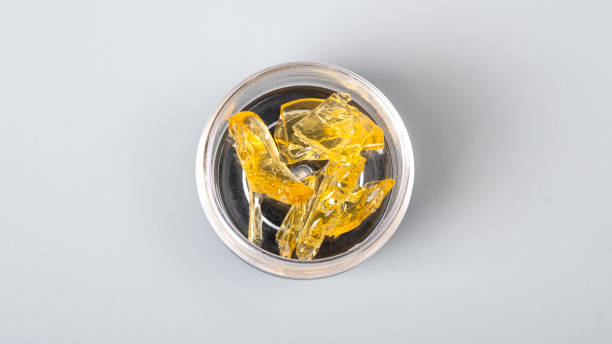Weed Concentrates Vs Flower: Comparing The Effects Of Smoking Cannabis
Cannabis has been used for both medicinal and recreational purposes for centuries, and its popularity continues to grow. With the legalization of marijuana in many countries, people now have more options when it comes to consuming cannabis. Smoking is one of the most popular methods of consumption, but there are two main forms of cannabis that can be smoked: weed concentrates and flower. Understanding the differences between these two forms is crucial for anyone who wants to make an informed decision about smoking cannabis.
Weed concentrates are made by extracting the active compounds from marijuana flowers using solvents like butane or CO2. This process results in a highly potent product that can contain up to 90% THC (tetrahydrocannabinol), the psychoactive compound responsible for producing the “high” associated with smoking cannabis. On the other hand, flower refers to dried buds or leaves of the marijuana plant that contain varying levels of THC depending on the strain. While both weed concentrates and flower can be smoked, they differ significantly in their chemical makeup and effects on the body. In this article, we will compare the effects of smoking weed concentrates and flower so that you can determine which form is right for you.
Understanding the Chemical Makeup of Weed Concentrates and Flower
An in-depth understanding of the chemical composition of both marijuana concentrates and flower is necessary to fully comprehend their differing effects on the body. Cannabis flower contains various compounds, including cannabinoids such as delta-9-tetrahydrocannabinol (THC) and cannabidiol (CBD), terpenes, flavonoids, and other phytochemicals. THC is responsible for producing the psychoactive effects that many people associate with cannabis use, while CBD has been found to have potential therapeutic benefits without producing a high.
On the other hand, weed concentrates are made by extracting the most potent parts of the plant using solvents like butane or carbon dioxide. This process results in a product with much higher levels of THC than traditional flower. Concentrates can take on different forms, including wax, shatter, crumble and oil. Due to their high concentration of THC, they may produce stronger psychoactive effects compared to smoking flower. However, it is important to note that concentrates can also contain impurities if not produced properly which can lead to negative side effects when consumed.

The Effects of Smoking Weed Concentrates
The inhalation of concentrated forms of cannabis has been found to produce more potent and immediate psychoactive effects compared to the consumption of traditional plant material. This is because weed concentrates contain higher levels of cannabinoids, specifically tetrahydrocannabinol (THC), which is responsible for the euphoric high associated with cannabis use. When smoked, THC enters the bloodstream quickly and binds to cannabinoid receptors in the brain, leading to a faster onset and stronger intensity of effects.
Weed concentrates come in various forms, including shatter, wax, oil, and resin. Each type differs in terms of their potency and chemical makeup. For instance, shatter contains the highest concentration of THC among all concentrates while wax has a lower THC content but may have higher terpene levels. Regardless of their specific characteristics, smoking weed concentrates can lead to intense psychedelic experiences that may not be suitable for everyone. It is important for users to understand the risks associated with using these highly potent products before consuming them.
The Effects of Smoking Flower
When inhaling plant material, the psychoactive effects of cannabis are less potent and slower to onset compared to concentrated forms due to lower levels of cannabinoids present. When smoking flower, users typically experience a more mild and gradual high that can last for several hours. The effects may vary depending on the strain's chemical composition, with some strains promoting a more relaxed and calming sensation while others may induce euphoria or heightened creativity.
Inhaling cannabis flower also carries the risk of exposure to harmful chemicals and toxins such as tar and carbon monoxide produced during combustion. This can lead to respiratory issues in long-term users. However, there are alternative methods such as vaporization that reduce these risks while still allowing for the inhalation of plant material. Overall, smoking cannabis flower offers a more traditional and familiar method of consumption but may not provide the same potency or efficiency as concentrates.

Choosing Between Weed Concentrates and Flower
When choosing between weed concentrates and flower, there are several factors to consider. One of the most important is whether you will be using cannabis for medical purposes or personal use. Medical users may benefit more from concentrates due to their higher potency and faster onset of effects. Personal preferences also play a role in deciding which form of cannabis to use, as some people prefer the taste and smell of flower while others prefer the convenience and discretion of concentrates. Lastly, tolerance should be taken into account as frequent users may require higher doses or stronger forms of cannabis to achieve the desired effects.
Considerations for Medical Use
Medical marijuana users must carefully consider the potential benefits and drawbacks of using cannabis concentrates versus flower, taking into account factors such as potency, dosage control, and method of consumption. While flower remains a popular choice for medical marijuana patients due to its accessibility and familiarity, concentrates offer several advantages that may make them a more viable option for some individuals.
One major advantage of concentrates is their potency. Concentrates typically contain much higher levels of THC than flower, meaning that smaller doses can achieve the same level of effect as larger amounts of flower. For medical users who require high levels of THC to manage their symptoms, this can be especially beneficial as it allows them to consume less material overall while still achieving the desired therapeutic effects. Additionally, concentrates can be consumed in a variety of ways, including vaporization or dabbing, which offers greater control over dosage than smoking traditional flower does. However, it is important to note that concentrates may have a higher risk for contaminants due to their manufacturing process and should be obtained from reputable sources in order to ensure purity and safety.
Personal Preferences and Tolerance
The assessment of personal preferences and tolerance levels is vital in determining the most appropriate form of cannabis consumption for medical users. Some people may prefer smoking flower as it provides a full-spectrum experience with a range of terpenes and cannabinoids, while others may prefer concentrates for their higher potency. Personal preferences may also be influenced by the ease of consumption, taste, and overall experience.
Tolerance levels are another important factor to consider when choosing between flower or concentrates. Heavy users who have built up a high tolerance to THC may find that smoking flower does not produce the desired effects, requiring them to consume larger amounts or switch to concentrates. On the other hand, those with lower tolerances or new to cannabis use may find that concentrates are too potent and overwhelming, leading to adverse reactions such as anxiety or paranoia. Therefore, it is essential for medical users to experiment with different forms of cannabis consumption and consult with healthcare professionals before making any decisions.
Conclusion
The chemical makeup of weed concentrates and flower greatly differs, leading to varying effects when smoked. Weed concentrates, such as shatter or wax, have a higher concentration of THC and other cannabinoids than flower. This can lead to a more intense high with potentially stronger physical and psychological effects. On the other hand, smoking flower typically results in a milder high that may be more suitable for those who are new to cannabis.
Choosing between weed concentrates and flower ultimately depends on personal preference and experience with cannabis. Those who prefer a stronger, more intense high may opt for concentrates while others may prefer the milder effects of smoking flower. It is important to understand the potential risks and benefits of each option before making an informed decision.
In conclusion, understanding the differences between weed concentrates and flower can help individuals make an informed decision about which option is best for them. The effects of smoking cannabis vary greatly depending on the type consumed, so it is important to consider personal preferences and experiences when choosing between weed concentrates and flower. Regardless of the choice made, it is always important to use cannabis responsibly and in moderation.
If you're interested to have more knowledge about this topic, feel free read this blog post from Local Product of Colorado.

